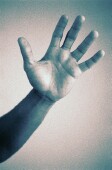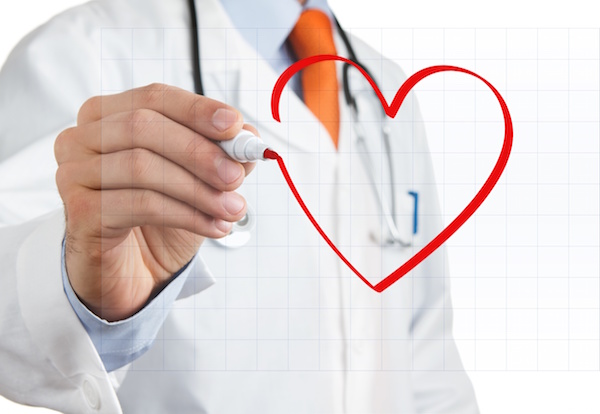
MONDAY, June 7 (HealthDay News) — Low-intensity exercise can reduce depression and improve recovery after a stroke, a new study shows.
The finding stems from Canadian research involving 103 people who’d had a stroke and were receiving standard follow-up care in a hospital. About half were then enrolled in an additional experimental effort called the Graded Repetitive Arm Supplementary Program (GRASP).
The GRASP group spent 35 minutes four times a week doing such non-intense arm exercises as buttoning a shirt, pouring water into a glass and playing speed and accuracy games. The functioning of arms and hands that had been affected by the stroke improved, on average, 33 percent for these participants, the study found. The amount that people used their arms and hands increased as well.
“At four weeks, the GRASP patients also reported less depressive symptoms and greater change scores than those in the control group did,” Dr. Jocelyn Harris, a researcher with the Heart and Stroke Foundation of Canada, said in a news release from the group. “The GRASP patients all did better — much better.”
The study was scheduled to be presented at the Canadian Stroke Congress, meeting June 7 and 8 in Quebec City.
“The power of physical activity to raise the spirits of recovering stroke patients is stronger than anyone suspected,” said Harris, who has said she would like to make the GRASP program available beyond the hospital setting.
Dr. Michael Hill, a spokesman for the foundation, acknowledged that people who’ve had a stroke frequently have symptoms of depression in subsequent weeks. “Depression may be a direct result of the damage to a region of brain and, in addition, the sudden change in ability and life circumstances,” he said in the news release.
“It’s important to know that depression is treatable,” Hill said. “Patients and caregivers should mention depressive symptoms and seek treatment during follow-up visits with their neurologist, internist or family physician.”
More information
The U.S. National Institute of Neurological Disorders and Stroke has more about post-stroke rehabilitation.

